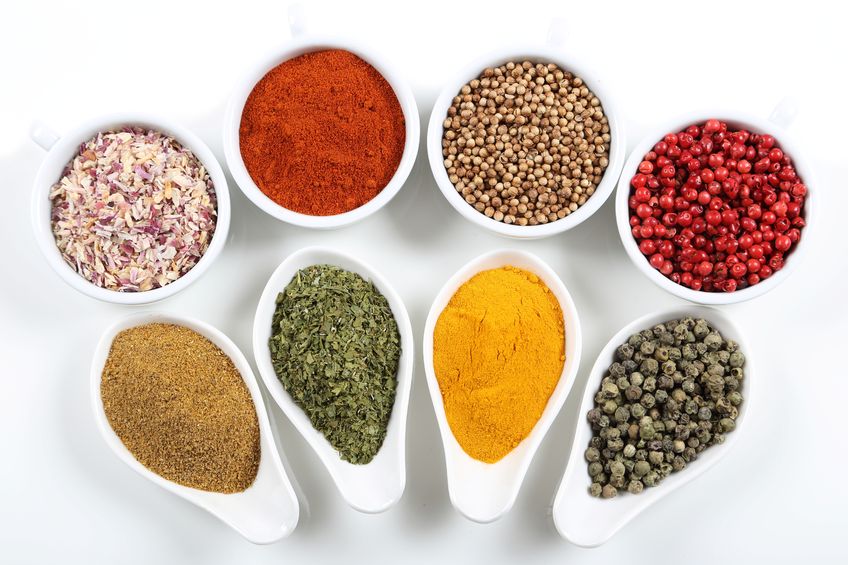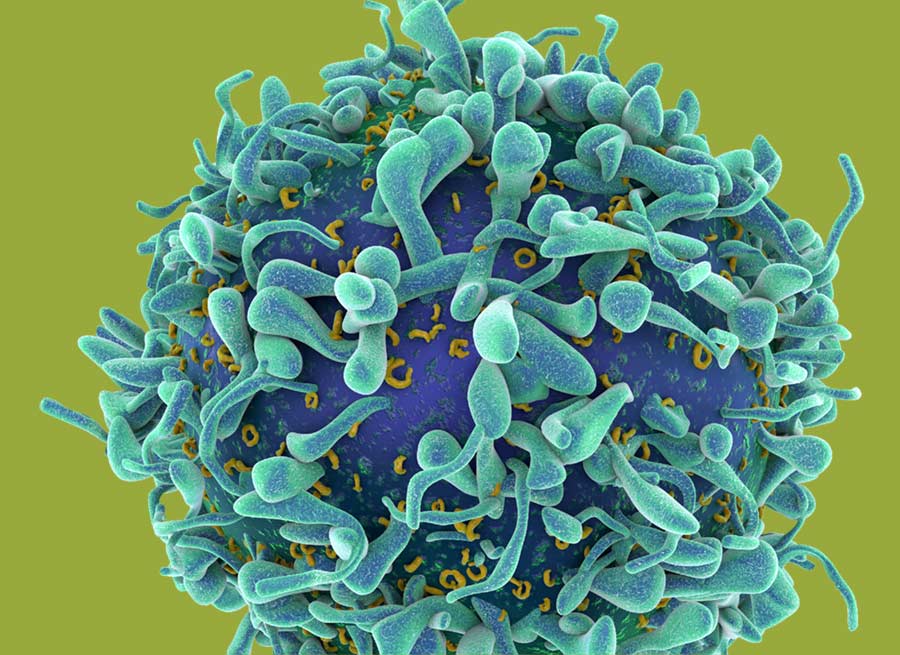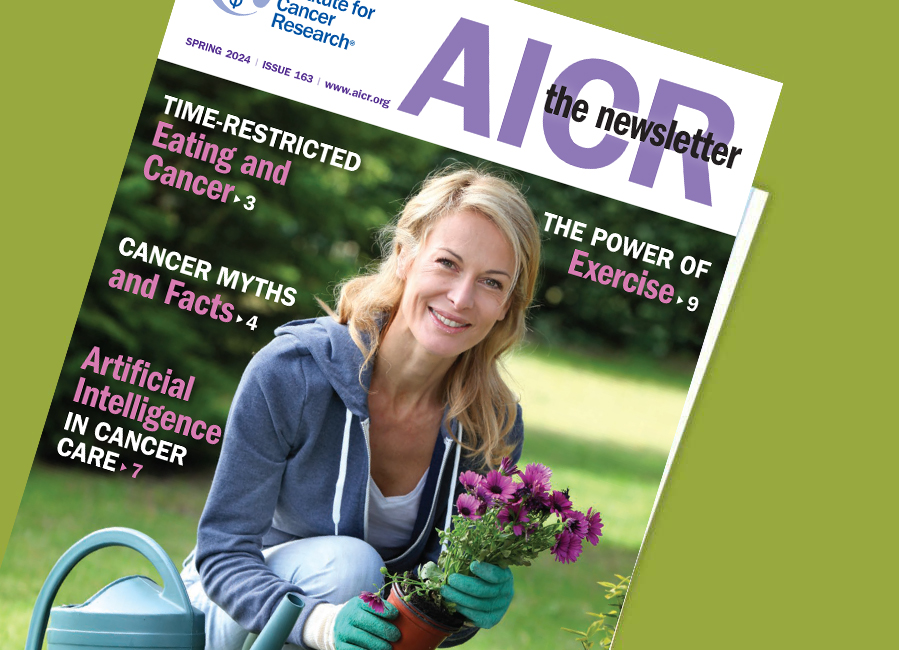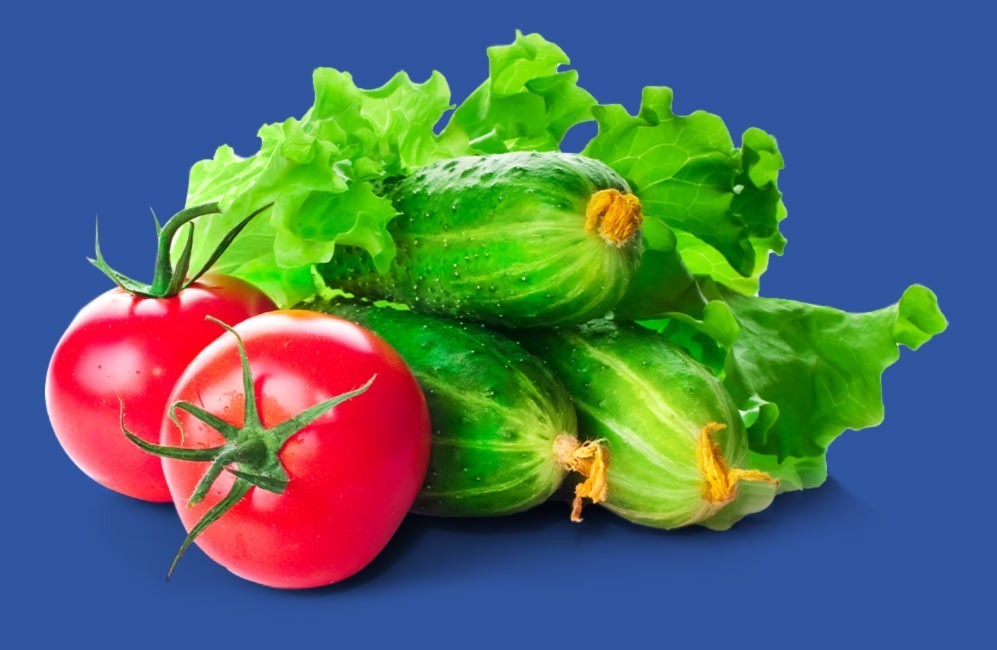Over the last two years, I’ve loved being part of several workshops for dietitians and chefs who are bringing a new approach to cancer care. It’s about actively engaging those diagnosed with cancer in learning to choose and prepare healing foods and a health-promoting diet.
That’s important because cancer patients undergoing treatment and after can face a lot of eating challenges, including changes in appetite, energy, and food preferences. These choices can take a toll on strength, vitality and even ability to continue a treatment plan.
Here are a few strategies that you or a loved one may find helpful during and following cancer treatment.

Flavor-build, a technique of layering different tastes that you can tailor to specific taste changes to make healthful food appealing. Food that seems too sweet can be tamed with a bit of lemon or a dash of bitters or Worcestershire sauce. Spice can enhance flavor and stimulate appetite, but if it seems too spicy, adding avocado, a bit of olive oil, or some peanut (or other nut) butter tones down spiciness.
Food that seems too sweet can be tamed with a bit of lemon or a dash of bitters or Worcestershire sauce. Spice can enhance flavors and stimulate appetite.
Add variety in color and texture to encourage people to eat when taste buds seem to have disappeared. So when serving chicken, it can be helpful to choose sweet potatoes and a green vegetable rather than more white foods. Or if you want to serve rice or white potatoes and mushrooms or parsnips, then consider a simple tomato or fruit salsa to top the chicken, adding both flavor and color. Combining both soft and firm or crunchy textures also boosts appeal.
Try new cooking techniques that can make healthful food delicious. For example, oven roasting can bring out sweet flavors in beets, winter squash and cruciferous vegetables like Brussels sprouts. Baked fruit is easier for some people to eat than raw, and you can easily add flavors to the fruit to make it sweeter (with cinnamon) or less sweet (with plain yogurt or a pinch of salt).
Oven roasting can bring out sweet flavors in beets, winter squash and cruciferous vegetables like Brussels sprouts.
For limited appetite, add concentrated calories with foods that also supply valuable nutrients. For example, an almond or peanut butter dipping sauce adds calories and flavor to apple or pear slices. Guacamole combines well with many foods as a dip or topping, and adding green herbs makes color appeal last longer. Bite-size energy balls, made of combinations like dried fruit, wheat germ or oats, minced nuts or small seeds, and a bit of honey, are no-bake treats to store in the refrigerator or freezer.
Bite-size energy balls, made of combinations like dried fruit, wheat germ or oats, minced nuts or small seeds, and a bit of honey, are no-bake treats to store in the refrigerator or freezer.
For those aiming to avoid weight gain, limiting calories without cutting protein and other nutrients can be important. When calorie needs don’t increase and activity level temporarily decreases, vegetable-laden soups and simple mixed dishes can help. Many people previously unfamiliar with fish or dried beans can learn to prepare these for protein in easy-fix ways that don’t require much energy.
Choose convenience foods, wisely, to make food preparation easier without sacrificing nutrition. Frozen unsweetened fruit, canned legumes and quick-cook lentils, frozen fish fillets, and simple whole grains like quinoa can be used in many ways. You can even make homemade “convenience foods” by preparing double amount of a food for one meal and use the extra in a different way in another meal, slashing preparation time.
A growing number of cancer centers around the country hold nutrition classes and workshops. Many of these programs now go beyond talking about new food options, allowing people to taste, and even prepare them.
Try contacting your cancer center to find a program. You can also work with registered dietitians to help you explore new options for food selection and preparation.
The Culinary Translation Workshop was a joint project of AICR and Washington DC’s Smith Center for Healing and the Arts. For more on eating during treatment you can visit AICR’s foods to try during treatment.
AICR HealthTalk is by Karen Collins, MS, RDN.






thank you – this was a very helpful article
Yes really a new approach you shared, listing of your thoughts are wonderful.
Great! thanks.